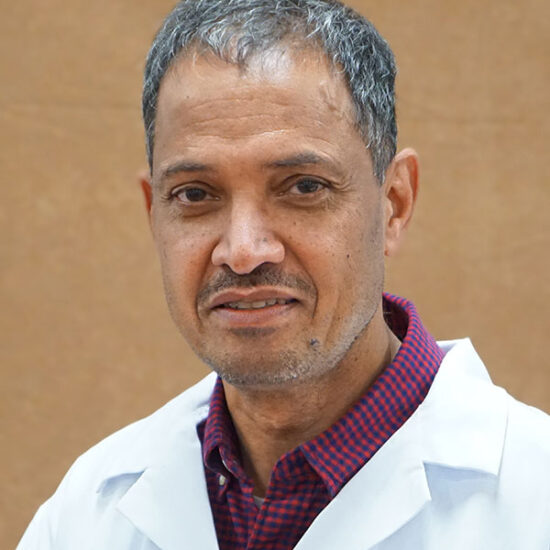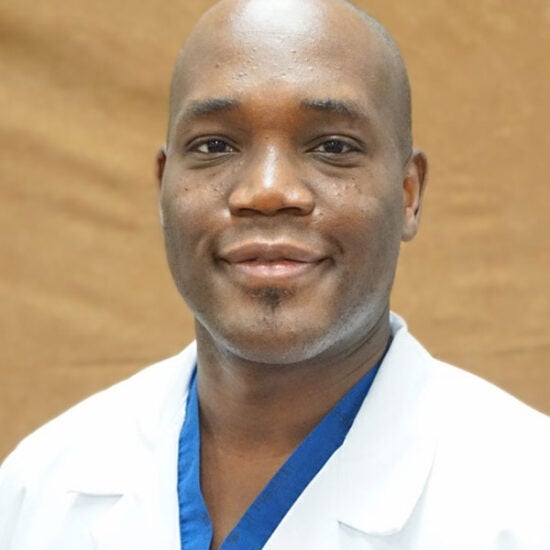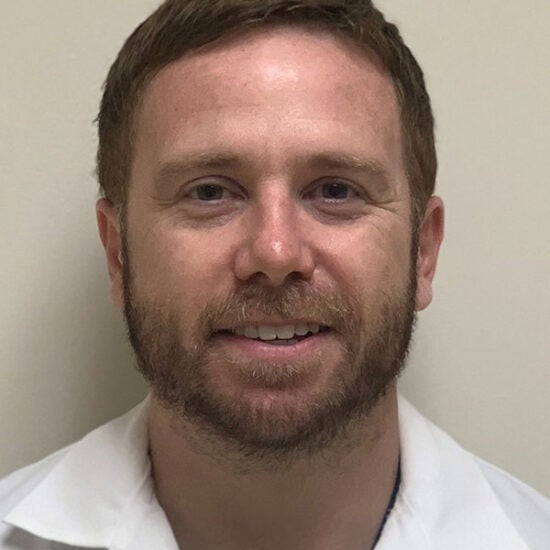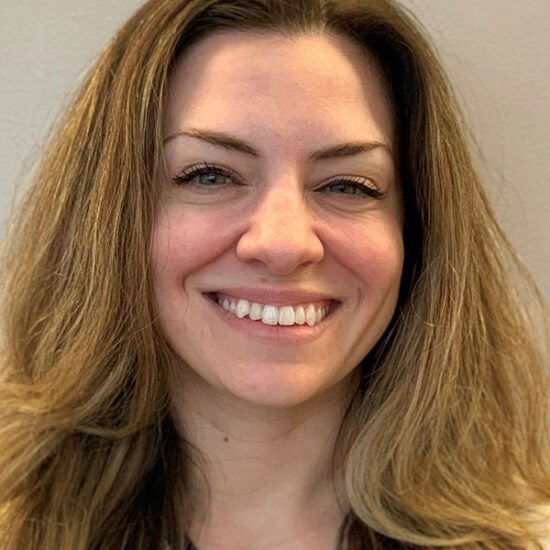Pain Medicine Fellowship
Introduction
The UIC Pain Management Fellowship offers a comprehensive, multidisciplinary approach to pain management, primarily at the University of Illinois-Chicago Outpatient Care Center and Jesse Brown Veterans Affairs Hospital. Our program emphasizes patient care, medical knowledge, and hands-on experience in a variety of settings, with an emphasis on innovative interventional and surgical procedures.
University of Illinois at Chicago Pain Medicine Fellowship Heading link
University of Illinois at Chicago Department of Anesthesiology’s Pain Medicine Fellowship Program
Clinical Experience Heading link
Fellows complete interventional and multidisciplinary pain medicine rotations at the University of Illinois Health and at Jesse Brown VA Hospital. The facilities are within walking distance of each other. At UIH, fellows will alternate days between outpatient clinic visits and interventional procedure days, and work together daily with our residents, medical students, and PA to staff inpatient consults. On procedure days, our fellows work closely with our fluoroscopy technician who helps guide fellows on obtaining optimal imaging. At the VA, fellows work in tandem with a resident to complete interventional procedures on Mondays and Thursdays, and staff the outpatient clinic on Tuesdays, Wednesdays, and Fridays. At the VA, fellows learn to operate their own fluoroscopy machine in order to better prepare them for independent practice. In addition to ongoing pain medicine rotations, fellows will complete the following interdisciplinary rotations at Jesse Brown VA:
- Neurology
- Psychology
- Physical Medicine and Rehabilitation
- Palliative Care
Didactics Heading link
Curriculum: Reflects ACGME general competencies in Patient Care, Medical Knowledge, Practice-based Learning, Interpersonal Skills, Professionalism, and Systems-based Practice.
Schedule Heading link
-
Schedule details
Year-long lecture series starting from the basics of pain medicine working through the expanse of pain physiology, pharmacology, and anatomy.
-
Schedule details
Rotating lectures series covering pain physiology, pharmacology, anatomy, as well as current pain practice guidelines, literature review, journal club etc.
-
Schedule details
Monthly journal club.
-
Schedule details
Interdisciplinary pain conferences in conjunction with pain psychiatry, pain pharmacology, osteopathic medicine, physical therapy, & PM&R. Fellows will gain exposure and insight into the disciplines closely tied to modern pain medicine treatments as well as opportunities to present assigned topics.
Scholarly Activity Heading link
Research Requirement
Participation in at least one scholarly research project during the year as well as various QA/QI projects. There is also ample opportunity to get involved with ongoing research projects through the Department of Anesthesiology and Pain Medicine. Fellows also regularly present at national conferences including ASA, ASRA Pain Medicine, etc.
Administrative Responsibilities
Fellows will rotate through leadership roles, overseeing clinic activities and coordinating schedules. This enhances their educational curriculum and develops leadership and administrative skills. Fellows are also encouraged to assist with integration of new treatments and procedures within the pain clinic, enhancing their understanding of the administrative aspects of pain medicine practice development.
Call Responsibilities
Fellows share call coverage responsibilities for the inpatient Chronic Pain Consult service, with in-house calls during the day. This translates to one weekend of consult coverage per month. Fellows are expected to round in the mornings with the help of the anesthesia residents on their pain rotation. Residents hold the pager on the weekends, while the fellows develop care plans and staff consult patients with the on-call attending. Fellows gain experience in inpatient management of post-operative patients as well as patients admitted with an array of chronic pain pathologies including sickle cell disease, chronic low back pain, chronic post-surgical pain, complex regional pain syndrome, chronic abdominal pain, post-amputation pain, and many more.
Teaching Responsibilities
- Helping to orient residents and visiting professionals to the Pain Medicine Service protocols and resources.
- Supervising, teaching, and guiding medical students during their pain medicine rotations.
- Presenting on a regular basis in lecture and journal club formats.
- Presentations and interactive sessions within the Department of Anesthesiology during the academic year.
- Interdisciplinary lectures with other departments within the University of Illinois and the VA.
- Participation in local and national meetings for teaching and learning including the Annual Chicago Pain Summit, ASRA Pain Medicine Meeting, and more.
Facilities and Location Heading link
Facilities
The fellowship is primarily conducted at UI Health Outpatient Care Center, with state-of-the-art facilities including exam rooms, recovery bays, and procedure suites. Surgical procedures are performed in the new Subspecialty Care Building. Fellows will also rotate at the Jesse Brown VA Pain Clinic, comprised of a multi-disciplinary clinic with a fully equipped flouroscopy and ultrasound procedure room. Surgical procedures at the VA are performed in the main operating rooms.
Locations
- UI Health Outpatient Care Center, 1801 W Taylor St, Chicago IL 60612
- JBVA 820 S Damen Ave, Chicago, IL 60612 Damen Building, 5th floor
Application Process Heading link
Interested candidates should apply through the Electronic Residency Application Service (ERAS) and participate in the National Resident Matching Program (NRMP). Additional application details are provided via the fellowship’s contact information.
Maggie Duran Heading link
Fellowship Program Coordinator
Pain Medicine Fellows Heading link
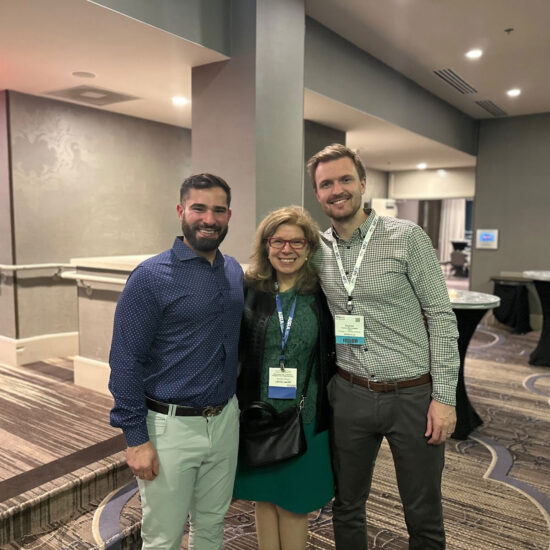
Our fellows Dr Hashemi and Dr Richardson with fellowship program director Dr Votta-Velis at ASRA Pain 2023 in New Orleans, LA
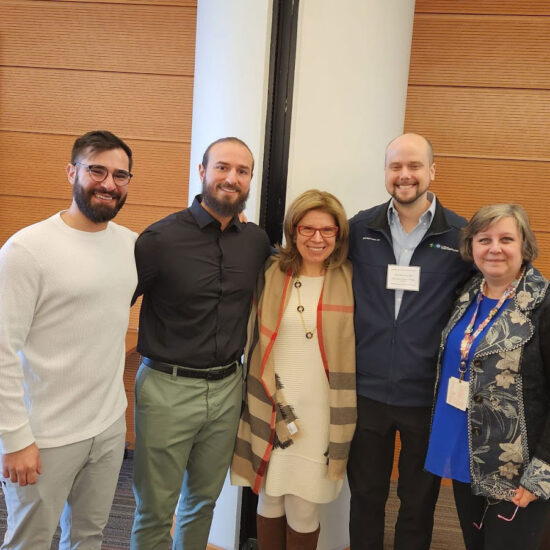
Our fellows, Drs Hashemi and Mastoris, with UIC pain medicine attendings Dr Votta-Velis, Dr Moynihan, and University of Chicago pain medicine attending Dr Anitescu at the 9th Annual Chicago Pain Summit, February, 2024
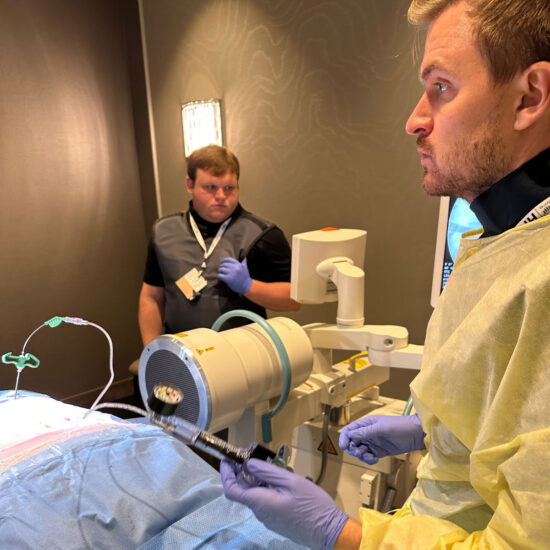
Our fellow Dr. Richardson taking part in advanced cadaver course at ASRA Pain Medicine conference in New Orleans, November, 2023
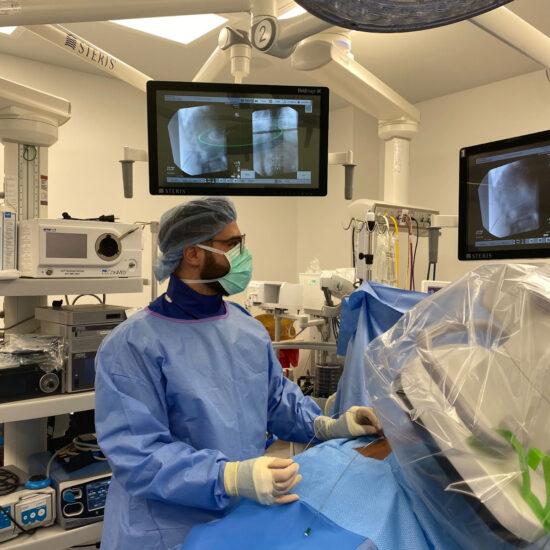
Our fellows partake in advanced interventional procedures such as SCS implantation very early on in the year.
Additional Resources Heading link

Read an article about how we rank Heading link
Among elite centers in the U.S. News “America’s Best Hospitals” rankings that reported patient satisfaction survey results for the year ended December 2008, the 10 percent below were judged best at pain control. They had the highest percentages of patients who said their pain was “always” well controlled.



